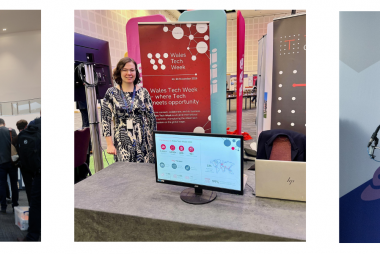Effective data management is a fundamental pillar of success for any organization, especially within the finance and accounting fields.
Accuracy and reliability of data are important because they directly influence decision-making, meeting regulatory compliance obligations and addressing overall operational efficiency.
Rapid advancements in technology and the increasing complexity of financial transactions, accompanied by the sheer volume of data generated daily is staggering. These volumes of data necessitate robust management strategies to ensure that organizations can harness this information effectively.
High-quality data enables organizations to make informed decisions, mitigating risks and enhancing strategic planning. The regulations are stringent and compliance is non-negotiable, so, having a solid data management framework is essential to avoid costly penalties and reputational damage.
Streamlined data management processes also lead to improved operational efficiency, reduce the likelihood of errors and enable teams to focus on higher-value tasks. Nobody wants to work for an organization that is mired in unnecessarily labour intensive back office functions; so attracting and retaining talent is closely tied to the kinds of systems and practices that you have in the back office.










